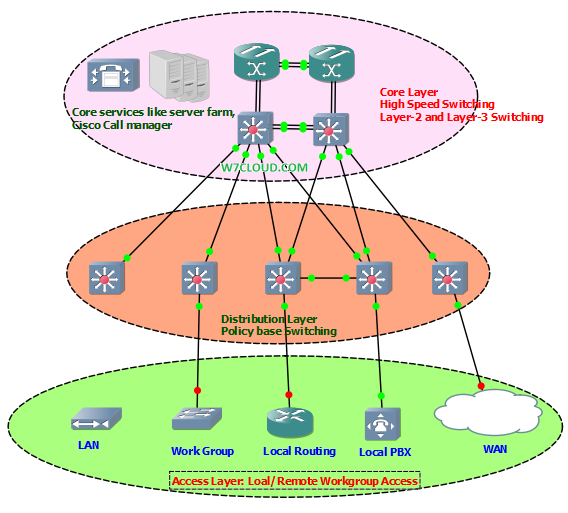
Cisco 3 layer Hierarchical Network Model | Core |Distribution | Access
Cisco three Layer Model: Cisco has three layer hierarchical network model...
The most important and common networking terms, as a network profession you should be familiar to these.